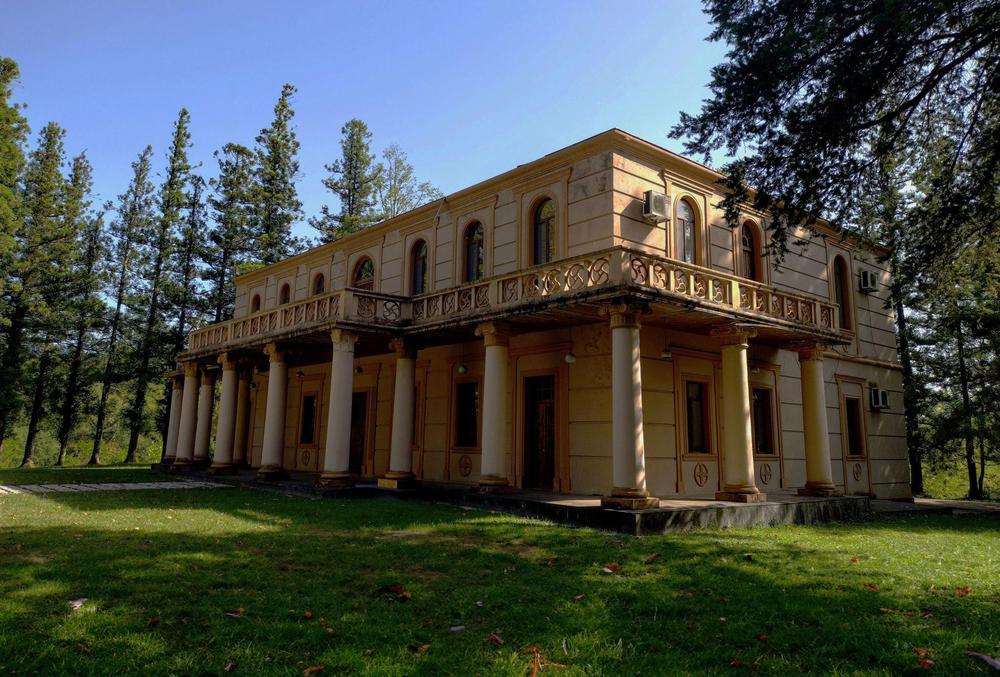Tsalenjikha Cathedral, also known as the Transfiguration of the Savior, stands as a testament to Georgia's rich religious and artistic heritage. Located in the western town of Tsalenjikha in the Samegrelo region, this medieval Orthodox church was built between the 10th and 13th centuries, with architectural and artistic additions made through the 14th and 17th centuries.
Constructed in a cross-dome style, Tsalenjikha Cathedral features three arcaded galleries, two of which were used as a familial chapel for the House of Dadiani, the ruling dynasty of the medieval principality of Samegrelo (Odishi). Within the cathedral complex, visitors can find a two-story bell tower and an intriguing underground tunnel stretching 40-45 meters long and 3-4 meters high.
What sets Tsalenjikha Cathedral apart is its unique collection of murals and wall inscriptions, showcasing the talents of different artists across various time periods. Byzantine artist Cyrus Emanuel Eugenicus was commissioned by Vameq I Dadiani, the duke of Samegrelo, to create stunning frescoes in the 14th century. These murals, representing late Palaeologan art, can still be admired today. Later, Bishop Eudemon Jaiani repaired the paintings in the 17th century.
The cathedral's historical significance extends beyond its art and architecture. It once housed the icon of the Virgin Mary, which was saved by Mitrophane, the Metropolitan of Alaverdi, after Queen Ketevan's tragic death in Iran. The cathedral also served as a hub for calligraphers and penmen, contributing to the preservation of religious texts.
Today, Tsalenjikha Cathedral invites visitors to explore its rich history, striking architecture, and awe-inspiring murals. Journey to this captivating site in Georgia's Samegrelo region and immerse yourself in its timeless beauty and spiritual significance.













